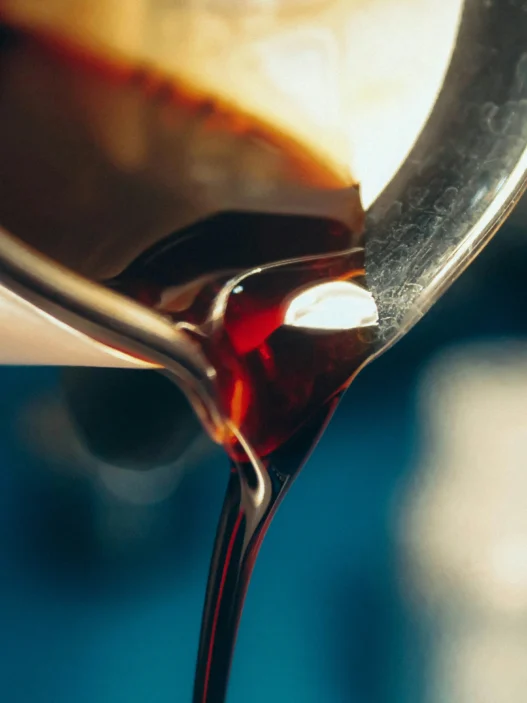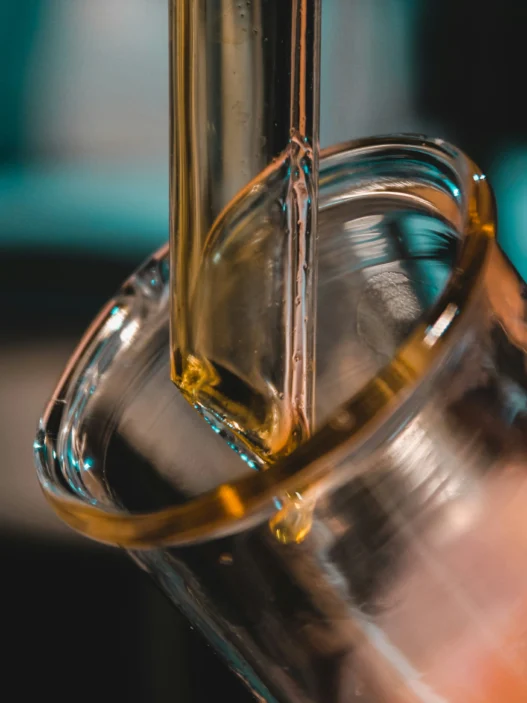2-Chlorobenzaldehyde, a chemical compound commonly used in the synthesis of various pharmaceuticals, dyes, and perfume additives, plays an important role in everyday life. It is utilized in the production of medications that individuals rely on for their health and well-being, as well as in the creation of fragrances that enhance daily experiences. Additionally, its usage in the manufacturing of dyes contributes to the colorful products we encounter in our daily lives. Overall, the presence of 2-Chlorobenzaldehyde in various industries underscores its significance and relevance to the everyday consumer.
Table of Contents:
- 💡 Commercial Applications
- ⚗️ Chemical & Physical Properties
- 🏭 Production & Procurement
- ⚠️ Safety Considerations
- 🔬 Potential Research Directions
- 🧪 Related Compounds
💡 Commercial Applications
2-Chlorobenzaldehyde, also known as o-chlorobenzaldehyde, is commonly used in commercial and industrial applications as a precursor in the production of various chemicals. It is an important intermediate in the synthesis of pharmaceuticals, dyes, perfumes, and agrochemicals. Additionally, 2-Chlorobenzaldehyde is utilized in the manufacturing of flavors and fragrance compounds, as well as in the production of rubber chemicals and insecticides.
In the realm of drug and medication applications, 2-Chlorobenzaldehyde plays a significant role as a key building block in the synthesis of various pharmaceutical compounds. This compound is used in the production of anti-fungal agents, anti-inflammatory drugs, and anti-cancer medications. Its chemical structure allows for modifications that can enhance the biological activity and efficacy of these drugs, making it a valuable component in the pharmaceutical industry.
⚗️ Chemical & Physical Properties
2-Chlorobenzaldehyde is a white solid with a characteristic odor that is commonly described as pungent and aromatic.
With a molar mass of 140.57 g/mol and a density of 1.27 g/cm3, 2-Chlorobenzaldehyde is heavier and more dense compared to common food items such as sugar and salt.
The compound has a melting point of 46-48°C and a boiling point of 211°C. These values are higher than those of many common food items, indicating its greater stability at higher temperatures.
2-Chlorobenzaldehyde is sparingly soluble in water, exhibiting low solubility and a relatively high viscosity. In comparison to common food items like sugar and salt, which dissolve readily in water and have low viscosity, 2-Chlorobenzaldehyde displays less favorable properties for mixing in aqueous solutions.
🏭 Production & Procurement
2-Chlorobenzaldehyde is primarily produced through the chlorination of benzaldehyde. This process involves the reaction of benzaldehyde with chlorine gas in the presence of a catalyst, typically iron or aluminum chloride. The resulting 2-Chlorobenzaldehyde is then isolated and purified through various techniques, such as distillation or crystallization.
Once produced, 2-Chlorobenzaldehyde can be procured through chemical suppliers or manufacturers specialized in aromatic chemicals. It is commonly transported in liquid form in sealed containers to prevent exposure to moisture or air, which can degrade the compound. Proper labeling and documentation are required for the safe handling and transportation of 2-Chlorobenzaldehyde to ensure compliance with regulations and guidelines set forth by regulatory authorities.
In addition to chemical suppliers, 2-Chlorobenzaldehyde can also be procured through online platforms or distributors that cater to the chemical industry. Customers can place orders for specific quantities of the compound, which are then packaged and shipped according to established safety protocols. Delivery of 2-Chlorobenzaldehyde may require specialized handling due to its potential hazardous nature, and precautions should be taken to prevent leaks or spills during transit.
⚠️ Safety Considerations
Safety considerations for 2-Chlorobenzaldehyde include the potential for skin and eye irritation upon contact. It is advised to wear protective gloves and eyewear when handling this compound. In case of ingestion or inhalation, seek medical advice immediately.
Hazard statements for 2-Chlorobenzaldehyde include “Causes skin and eye irritation” and “Harmful if swallowed or inhaled.” These statements indicate the potential risks associated with exposure to this compound. It is important to handle 2-Chlorobenzaldehyde with care to avoid any adverse health effects.
Precautionary statements for 2-Chlorobenzaldehyde include “Wear protective gloves/eye protection/face protection” and “If skin irritation occurs, seek medical advice.” These statements highlight the importance of taking necessary precautions to minimize risks when working with this compound. It is crucial to follow proper safety protocols and seek medical attention if any adverse reactions occur.
🔬 Potential Research Directions
One potential research direction for 2-Chlorobenzaldehyde is its use as a building block for the synthesis of various compounds, including pharmaceuticals, agrochemicals, and materials.
Furthermore, studies could investigate the reactivity of 2-Chlorobenzaldehyde towards different nucleophiles and electrophiles, leading to the development of new synthetic methodologies.
Additionally, research could focus on the environmental impact of 2-Chlorobenzaldehyde and explore methods for its sustainable synthesis and disposal to minimize potential harm to ecosystems.
🧪 Related Compounds
One similar compound to 2-Chlorobenzaldehyde is 2-Bromobenzaldehyde. This compound has the same molecular structure as 2-Chlorobenzaldehyde, but with a bromine atom instead of a chlorine atom attached to the benzene ring. This substitution results in similar chemical properties and reactivity.
Another analogous compound is 2-Fluorobenzaldehyde. Similar to 2-Chlorobenzaldehyde, this compound contains a benzene ring with a fluorine atom attached at the 2-position. While fluorine is smaller than chlorine, it still imparts unique reactive characteristics to the molecule, making it a valuable compound for various chemical applications.
Additionally, 2-Iodobenzaldehyde is another related compound to 2-Chlorobenzaldehyde. In this compound, an iodine atom is attached to the benzene ring at the 2-position, similar to the chlorine atom in 2-Chlorobenzaldehyde. Despite the differences in atomic size and electronegativity, 2-Iodobenzaldehyde shares common structural features and reactivity with its chlorinated counterpart.





